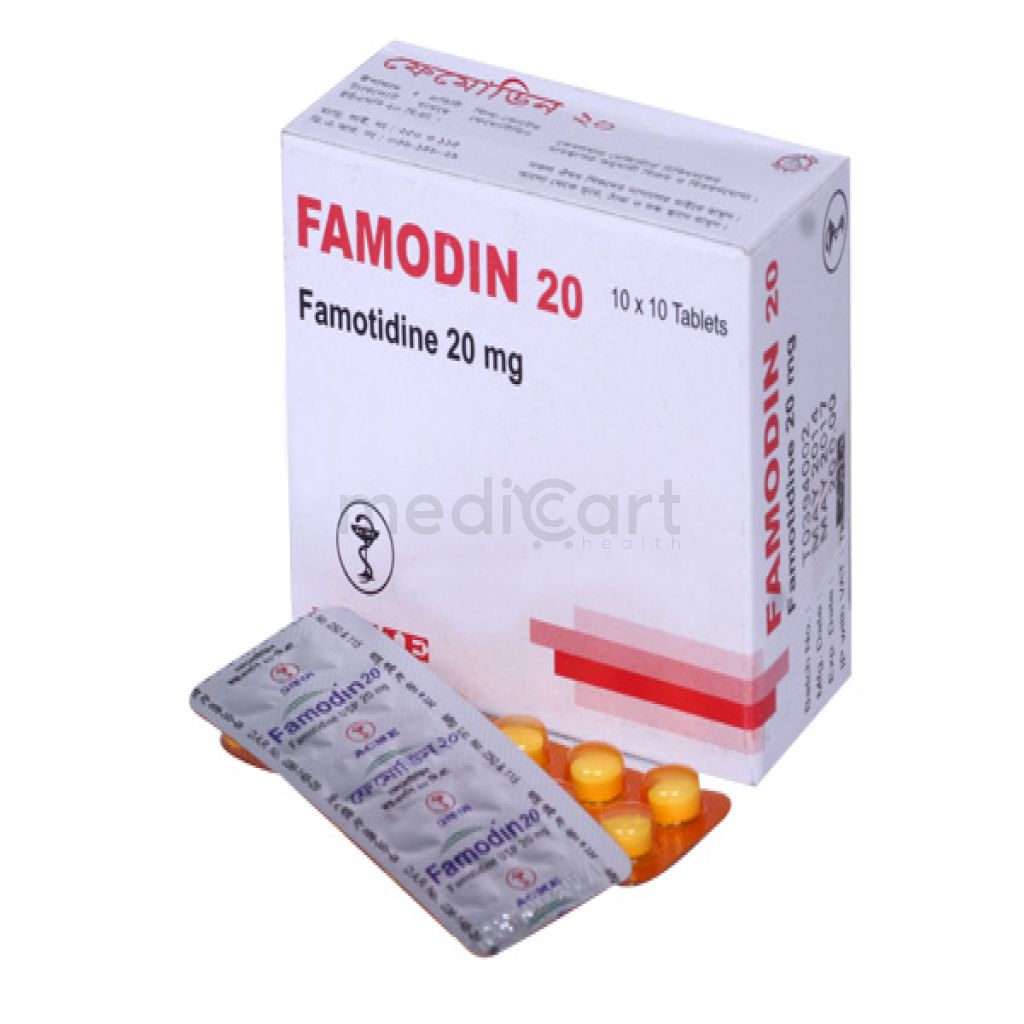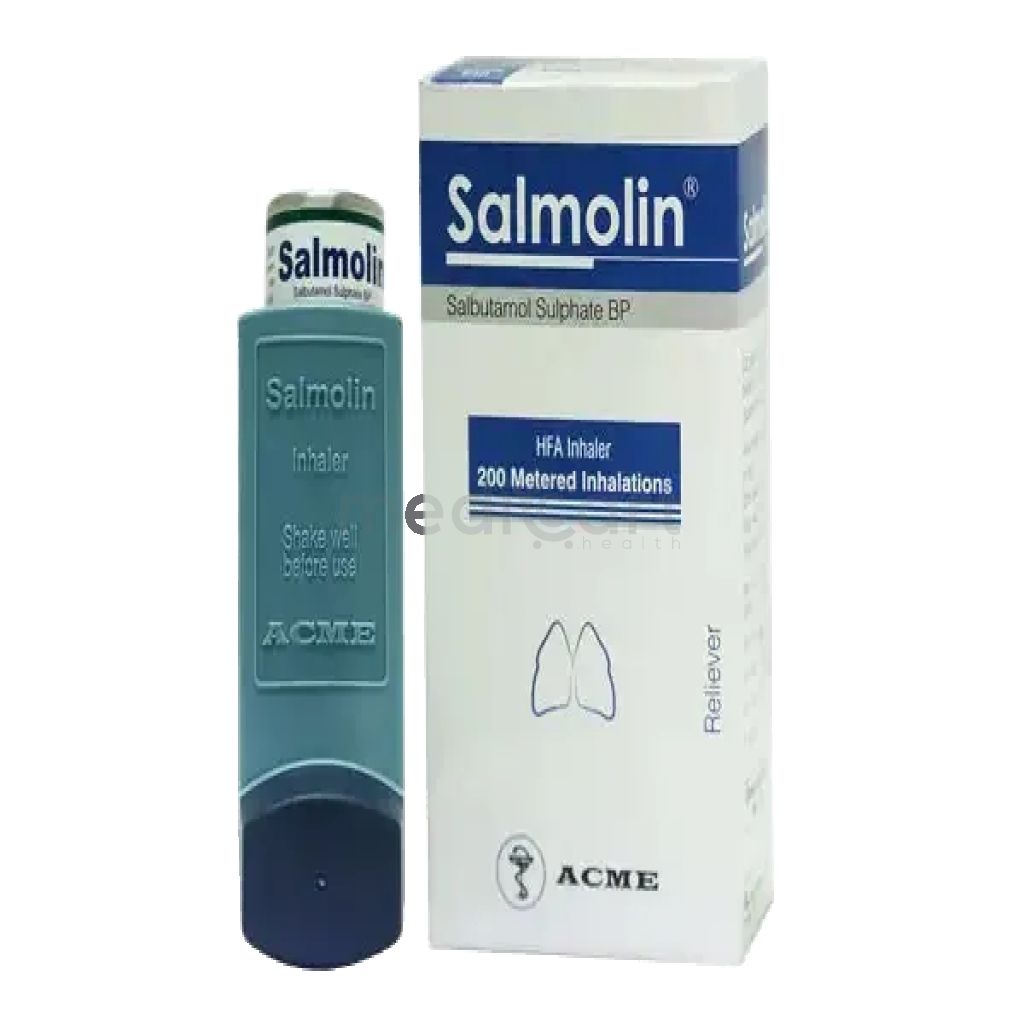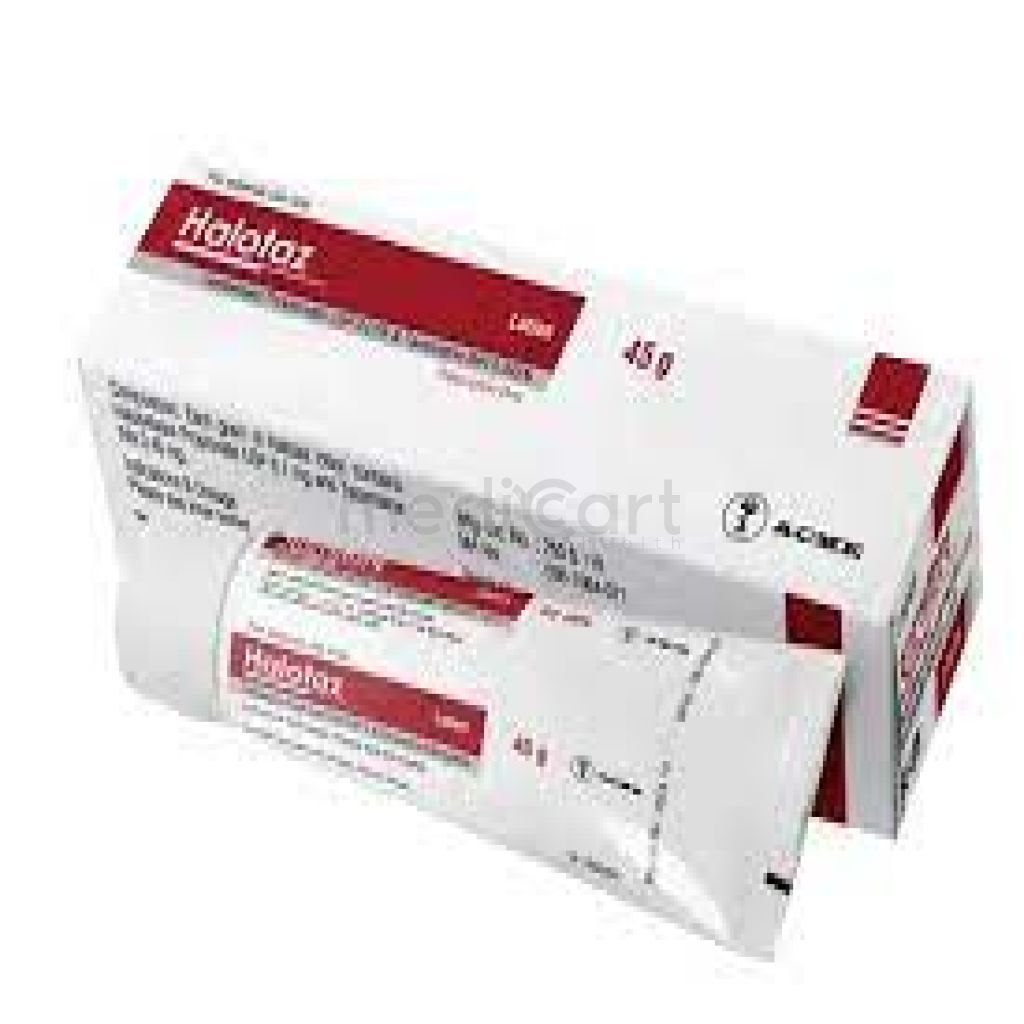

Famodin 20 20mg
Tablet
Pack Size :
10 Tablet x 1 strip
Generics :
Famotidine
Manufacturer :
Acme Laboratories Ltd.
Best Price *
TK
20.00
* Delivery will be done in Dhaka city only.
Alternative Product
More Information About - Famodin 20 20mg
Description
Generic Name
FamotidinePrecaution
Impaired renal function. Long term treatment should be avoided. Lactation: Drug enters breast milk; use not recommendedIndication
Heartburn, Peptic ulcer, Dyspepsia, Urticaria, Zollinger-Ellison syndrome, Gastroesophageal reflux disease (GERD)Contra Indication
Hypersensitivity.Dose
N/ASide Effect
1-10% Headache (4.7%),Diarrhea (1.7%),Dizziness (1.3%),Constipation (1.2%) Frequency Not Defined Body as a whole: Fever, asthenia, fatigue Cardiovascular: Arrhythmia, AV block, palpitation; prolonged QT interval in patients with impaired renal function, has been reported very rarely Gastrointestinal: Cholestatic jaundice, hepatitis, liver enzyme abnormalities, vomiting, nausea, abdominal discomfort, anorexia, dry mouth Hematologic: Rare cases of agranulocytosis, pancytopenia, leukopenia, thrombocytopenia Hypersensitivity: Anaphylaxis, angioedema, orbital or facial edema, urticaria, rash, conjunctival injection Musculoskeletal: Rhabdomyolysis, musculoskeletal pain including muscle cramps, arthralgia Nervous system/psychiatric: Grand mal seizure; psychic disturbances, which were reversible in cases for which follow-up was obtained, including hallucinations, confusion, agitation, depression, anxiety, decreased libido; paresthesia; insomnia; somnolence; convulsions, in patients with impaired renal function, have been reported very rarely Respiratory: Bronchospasm, interstitial pneumonia Skin: Toxic epidermal necrolysis/Stevens-Johnson syndrome (very rare), alopecia, acne, pruritus, dry skin, flushing Special senses: Tinnitus, taste disorder Rare cases of impotence and rare cases of gynecomastiaPregnancy Category
Name : Not Classified
Description
FDA has not yet classified the drug into a specified pregnancy category.Mode of Action
Famotidine competitively blocks histamine at H2-receptors thus reducing basal, nocturnal and stimulated gastric acid secretion. Pepsin secretion is reduced resulting in decreased peptic activity.Interaction
Antacids slightly decrease the bioavailability of famotidine. May reduce serum concentration of ketoconazole and itraconazole.Pregnancy Category Note
Pregnancy Available data in pregnant women are insufficient to establish a drug-associated risk of major birth defects, miscarriage or adverse maternal or fetal outcomes Animal data Animal reproduction studies have shown no adverse development effects at doses up to approximately 243 times, the recommended human dose of 80 mg per day for treatment of erosive esophagitis Lactation There are limited data available on presence in human breast milk; there were no effects on breastfed infant; there are no data on famotidine effects on milk production; drug reported present in milk of lactating rats; developmental and health benefits of breastfeeding should be considered along with mother?s clinical need for famotidine and any potential adverse effects on breastfed child or from underlying maternal conditionAdult Dose
Oral Benign gastric and duodenal ulceration Adult: 40 mg daily at bedtime for 4-8 wk or 20 mg bid. Maintenance: 20 mg at bedtime to prevent recurrence of duodenal ulceration. Gastro-oesophageal reflux disease Adult: 20 mg bid for 6-12 wk or up to 40 mg bid if there is oesophageal ulceration. Maintenance: 20 mg bid to prevent recurrence. Zollinger-Ellison syndrome Adult: Initially, 20 mg 6 hrly, up to 800 mg/day if necessary. Non-ulcer dyspepsia ; Heartburn Adult: 10-20 mg once or bid.Child Dose
Peptic Ulcer 1-16 years: 0.5 mg/kg PO at bedtime; not to exceed 40 mg/day Gastroesophageal Reflux Disease <3 months: 0.5 mg/kg PO once daily for up to 8 weeks 3-12 months: 0.5 mg/kg PO q12hr for up to 8 weeks 1-16 years: 1 mg/kg/day PO divided q12hr; individual dose not to exceed 40 mg Heartburn <12 years: Not established >12 years: 10-20 mg q12 hr; may take 15-60 min before eating foods that could cause heartburnRenal Dose
Renal impairment: CrCl (ml/min) Dosage Recommendation <50 Reduce the dose by half or increase dosing interval to 36-48 hr.Administration
May be taken with or without food. Reconstitution: For IV inj: Famotidine 20 mg is diluted to a total of 5 or 10 mL w/ NaCl 0.9% inj or dextrose 5% or 10% inj, lactated Ringer's, water for inj soln to provide a soln containing approx 4 or 2 mg/mL, respectively. For intermittent IV infusion: Famotidine 20 mg is added to dextrose 5% inj 100 mL or NaCl 0.9% inj, lactated Ringer's soln, water for inj soln to provide a soln containing approximately 0.2 mg/mL. IV Administration Infuse at rate no faster than 10 mg/minDisclaimer
The information provided herein are for informational purposes only and not intended to be a substitute for professional medical advice, diagnosis, or treatment. Please note that this information should not be treated as a replacement for physical medical consultation or advice. Great effort has been placed to provide accurate and comprehensive data. However, Medicart along with its authors and editors make no representations or warranties and specifically disclaim all liability for any medical information provided on the site. The absence of any information and/or warning to any drug shall not be considered and assumed as an implied assurance of the Company.










